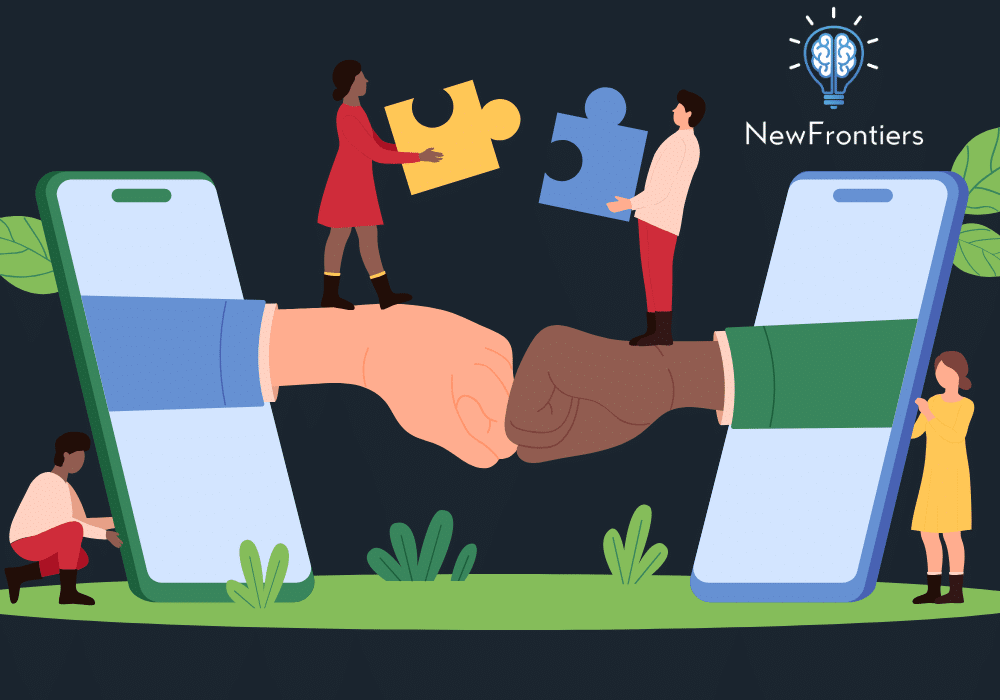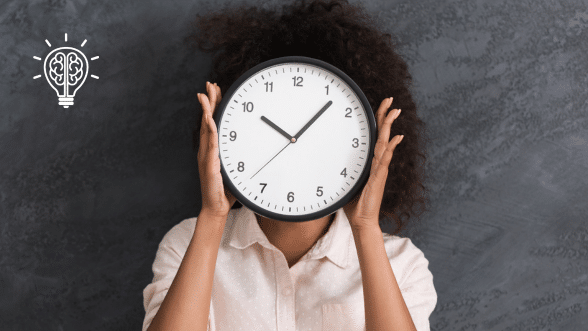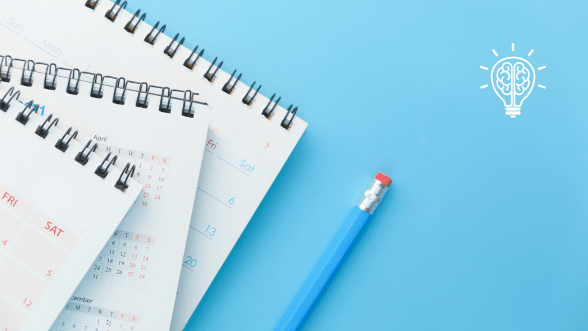What is kinesthetic learning?
Kinesthetic learning is a learning style that involves physical movement and hands-on activities.
- It is a type of learning where individuals learn best through physical experiences and actions.
- Kinesthetic learners prefer to learn by doing and engaging in activities that involve movement and touch.
- This learning style is often associated with a strong sense of body awareness and coordination.
- Kinesthetic learners may struggle with traditional teaching methods that rely heavily on lectures and reading.
- They benefit from interactive and experiential learning opportunities that allow them to physically engage with the material being taught.
What are some effective strategies for kinesthetic learners?
- Incorporate hands-on activities and experiments into lessons
- Use manipulatives and physical objects to demonstrate concepts
- Encourage movement and physical activity during learning
- Provide opportunities for role-playing and simulations
- Use gestures and body movements to reinforce learning
- Break down information into smaller, manageable chunks
- Provide opportunities for hands-on practice and application of knowledge
- Use visual aids and diagrams to support learning
- Encourage the use of physical tools and resources for problem-solving
- Allow for frequent breaks and movement throughout the learning process
How can you ‘translate’ other forms of learning into kinesthetic learning?
Visual Learning:
- Instead of just viewing diagrams, create them using physical materials like clay or craft supplies.
- Use interactive whiteboards or touch screens to physically manipulate visual elements.
Auditory Learning:
- Incorporate rhythm or dance when reciting information or learning through songs.
- Use instruments to create sounds or rhythms that represent specific concepts.
Reading/Writing Learning:
- Rewrite or summarize notes on a large board, using broad physical movements.
- Create flashcards and physically rearrange them to understand sequences or categorize information.
Logical/Mathematical Learning:
- Use physical objects like blocks or beads for counting or solving math problems.
- Engage in hands-on experiments to understand scientific concepts.
Social Learning:
- Participate in group activities or games that require physical interaction.
- Engage in role-playing exercises to understand different perspectives.
Solitary/Reflective Learning:
- Take a walk while reflecting on a topic or concept.
- Use tactile tools like stress balls or fidget spinners to engage the hands while thinking.
Naturalistic Learning:
- Engage in outdoor activities or nature walks to explore and learn.
- Create physical models or dioramas of natural phenomena.
Technological Learning:
- Use augmented reality or virtual reality tools that require physical interaction.
- Engage in tech-based projects that involve building or crafting.




